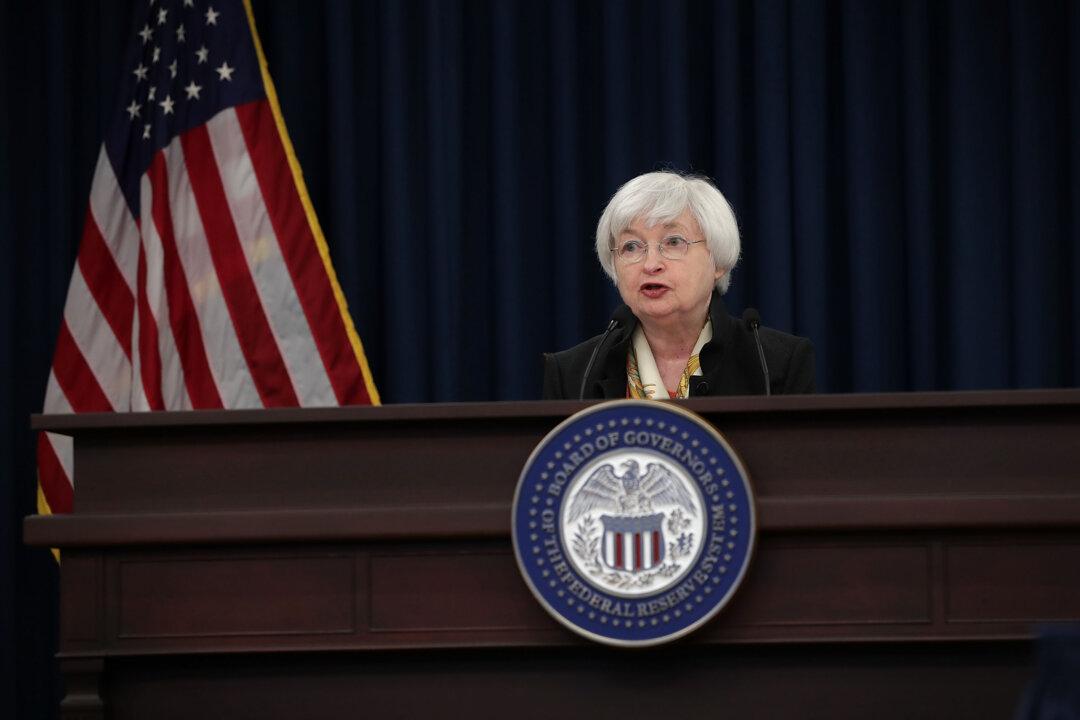The Fed sees rates rising eventually, although they won’t rise as fast or as high as previously thought. The U.S. central bank left its key rate unchanged at 0.25 to 0.50 percent on June 15.
The Federal Reserve’s statement was little changed from April. It noted labor market improvement has slowed, but household spending has strengthened. The recent volatility in financial markets due to a greater chance of “Brexit”—the U.K. leaving the E.U.—factored into the Fed’s decision, but the statement didn’t play up global developments.
Regarding Brexit, BMO deputy chief economist Michael Gregory says, “It’s creating volatility and weakness in global financial markets that is rippling on U.S. shores.”
The VIX—sometimes called “fear index”—is up over 40 percent in the last week. In the last week, the pound sterling suffered its biggest weekly drop since February. Globally, 10-year bond yields hit record lows in Germany, Japan, U.K., and Switzerland reflecting a flight to safety and quality.





